Choosing the best back exercises, along with the performing the correct movement patterns, is paramount to building a fully developed back with detail and separation.
The back is a complex set of physiological machinery and comprises much more than just the lats (Latissimus dorsi), which a substantial amount of bodybuilders appear to exclusively focus on.
Building a back with V-taper that’s notable, takes not only time and effort, but also requires, to a degree, understanding of the biomechanics of the back.
For instance, the glenohumeral joint, the rhomboids, teres major & minor, trapezius, rear deltoids, and erector spinae.
In this article, I’m going to introduce the main players in the back and describe their joint functions.
We’ll also establish some fundamental back exercises using barbells, dumbbells, cables, and other machinery, along with explaining their movement patterns and tweaks in execution that can help us effectively target each of them.
Then I’ll work through some practical examples of laying out back training to get the most out of your back workouts.
By the end of it, you'll be armed with the knowledge and understanding of everything you need to effectively stimulate your entire back.
The muscles of the back
The legendary powerlifter and strongman Bill Kazmaier famously said that “a strong back equals a strong man”. Whilst arguably the greatest bodybuilder of all time, Ronnie Coleman, was known for having perhaps the freakiest back ever seen.
With that said, what we speak of as one unit, that is the back, in bodybuilding terms, is made up of a multitude of muscles, each with different yet inter-connected bio-mechanical functions.
As an analogy, consider the “legs”. We can recognize when somebody has an impressive set of wheels on them, but even just within the thigh, what we see as muscle bulk is made up of quadriceps, hamstrings, and adductors, each of which do separate jobs in movement, and therefore need to be trained differently.
Nobody ever got a big set of quads doing leg curls, because the quads simply aren’t trained in that pattern.
In the case of the back, this heterogeneity of function occurs to an even greater degree. Whereas at the thigh we only have to worry about movements of the knee and hip, and the muscles that perform them, at the back we are dealing with the shoulder complex, which is much more complicated.
We have the glenohumeral joint (GHJ) – the socket that your arm sits within – upon which muscles of the back act. We have muscles that act upon the scapula – the shoulder blade – positioning it to facilitate the movements of the GHJ, and also muscles that act upon the spine itself.
Whilst we might think of back exercises as being just a matter of pulling in one plane or another with our arm, in reality there is a symphony of motions going on throughout the trunk and shoulder complex to facilitate this, and the back muscles perform various functions to help us achieve that.
This matters in a practical sense, because whilst we speak of the back as a complex, deficits in any of its constituent muscles can leave holes in our look. We can all bring to mind people who have some upper-back width, but are lacking mass in the mid-back, lower-back, or vice-versa.
What’s more, without understanding the function of the muscles of the back, we can’t select back exercises or modify our execution to ensure that we are targeting the structures that we want to develop, and not just training what is already a strong point.
The following is a list of the back muscles that we are usually MOST interested in for bodybuilding purposes, and the anatomical functions that they perform.
It’s not exhaustive, and in some cases (the rhomboids, the erectors) I’m grouping multiple muscles that are similar in function and aesthetic because for general purposes, we can.
Whilst I describe attachments, I am deliberately being less precise than your typical anatomy textbook where I think that it aids clarity to be so.
Firstly, let’s have a look at the global landscape of the back. Here is the complete picture of the back – see if you can see some of the shape of the muscles at play.

Here are the anatomical functions that occur at the scapula, shoulder, and spine that we are interested in.
The scapula

The shoulder (glenohumeral joint)

The trunk

Connecting the constituent parts of the back into exercise function
All of the actions that I list against the following muscles are for when they contract (shorten). For instance, your bicep bends the elbow (elbow flexion) when you perform a dumbbell curl.
When your elbow is straightening, the bicep is still working – it is what prevents you just dropping back into your start position.
For this reason, it’s important to know what the opposing joint actions are, because whilst we work muscles by contracting them against load, it’s desirable to know what their stretched positions are so that we can work them through full ranges of motion.
Sometimes muscles will reach their full stretch or contraction before we get to the absolute end range of a joint, and sometimes we substitute movements at other joints to avoid stretching a muscle or moving a joint further.
For instance, we can bend forward through the back and hip to “lower” a dumbbell further whilst doing a bicep curl, but we aren’t stretching the bicep further by doing so. Being aware of this, too, can be helpful for monitoring technique and targeting our training stimulus effectively.
Onto the muscles of the back, then:
Latissimus dorsi (“the lats”)

The lats are the large, wing-like muscles of the back. They have attachments to thoracic and lumbar vertebrae (T7-L5), the thoracolumbar fascia, the pelvis, the inferior angle of the scapula, the lower ribs, reaching to their insertion point on the humerus (upper arm).
When the lats contract, they can perform various functions and are generally engaged in most back exercises. They extend, adduct, and internally rotate the glenohumeral joint and depress and downwardly rotate the scapulae.
They can contribute to extension of the spine, and if we engage one side of the lats only they can contribute to lateral flexion and rotation as well.
The Rhomboids

We actually have both rhomboid major and minor muscles, although they share actions and are difficult to distinguish. They reach from the medial border of the scapula to the vertebrae from C7 to T5.
They retract and downwardly rotate the scapula, and in so doing move the glenoid cavity (the shoulder socket) down. Their major role is as a scapular stabiliser, fixing it in position so that we can move at the shoulder joint forcefully and keeping the scapula close to the ribcage.
Because of their role in fixing the position of the scapula, in many back exercise motions where retraction is not the primary movement (such as a lat pulldown) they still contribute.
Teres Major

The teres major is often called the “lats little helper”, as it shares the same roles at the shoulder joint, being adduction, extension, and internal rotation. It runs from the lateral border and posterior aspect of the scapula to the humerus.
The teres minor is a rotator cuff muscle, whose main role is keeping the humerus centred in the shoulder socket as we move into abduction, and contributes to external rotation.
Trapezius (“the traps”)

The traps can be subdivided into three segments. They have attachments to skull, and the C7-T12 vertebrae, with insertions on the clavicle, acromion (the spur of bone on the posterior side of your scapula that sits out over the shoulder socket), and the spine of the scapula.
The traps perform a variety of functions. When the arm is above horizontal, the traps contribute to upward rotation of the scapula. The upper portion elevates the scapulae, the middle portion retracts them, and lower portion depresses them.
The Deltoid (“delts”/”rear delts”)

The deltoid can be divided into 3 distinct parts – the anterior/front delt, the middle/lateral delt, and the posterior/rear delt, the latter of which is of interest to us in back training. The fibers of the rear delt run from the posterior border of the spine of the scapula to the shaft of the humerus.
The rear delt contributes to late shoulder extension, shoulder abduction, and shoulder external rotation. It is particularly involved in horizontal abduction of the shoulder, when the shoulder is internally rotated.
For back training, this means movements where the elbows move wide of the body and the weight is drawn towards a high point on the torso, as opposed to those where the elbow is kept close to the body.
Erector spinae (“the erectors”)

This is actually a complex group of muscles that run from various points on the spine/pelvis upwards.
The chief action of the erector spinae is to extend the spine (to make us stand “erect”), but single-sided contractions can contribute to rotation and lateral flexion of the spine, or be performed to resist rotation/lateral flexion in the opposite direction.
Global extension/rotation/lateral flexion of the spine arises as the sum of smaller movements, as each spinal segment only has a limited range of motion.
While the spinal erectors are separate to the lats, they help to stabilise the spine and thus facilitate proper contraction of the lats in most back exercises. They also help you power up heavy sets of deadlifts.
LEARN MORE > Hypertrophy: What Type of Training Stimulates Muscle Growth?
Back exercises and movements patterns
That’s a good overview of the main players in the back. The next step, though, is putting all of that anatomical information to use. I’m going to run through the main back exercise categories that we use in training the back, describe the joint movements that they involve, and therefore which muscles they train.
Where relevant, I’ll discuss any practical considerations for loading a movement, relevant modifications to make, and useful cueing strategies to get the most out of them.
Vertical pulling
Vertical pulling back exercises include all pulldown, chinup/pullup variations, or any motion in which we pull resistance from overhead towards our body. In an overhead position our shoulder is flexed and abducted, and the scapula is elevated upwardly rotated.
Pulling down, we depress and downwardly rotate the scapulae, extend and adduct at the shoulder (all functions of the lats, primarily, with assistance from the teres major). The line of pull is smaller for scapular retraction, although the rhomboids play their stabilizing role, and the rear delts also assist the lat.
We can modify vertical pulling exercises by altering our grip width and orientation. Moving from a pronated grip (palms facing away from us) to a supinated grip (palms facing towards us) – ie, a pull-up to a chin-up, increases the biceps contribution to the movement and may decrease the lats contribution.
Grip width appears less important, although from a practical perspective ultra-wide grips are less preferable – they limit range of motion and tend to be uncomfortable.
Many people have the tendency to lean back significantly during lat pulldowns, and whilst this might allow you to handle heavier poundage’s, it’s unlikely to be as effective for training the lats.
Firstly, by leaning backwards we reduce the degree of shoulder flexion that we reach during the lowering phase of the rep (and similarly reduces the upward rotation of the scapula) meaning that the lat is subjected to less stress.
Secondly, it increases the contribution of scapular retractors to the lifting phase. Sitting mostly upright and limiting the change in your torso angle during the lift is better practice.
When we perform single-arm vertical pulling exercises (such as a single-arm lat pulldown) we can further exaggerate the stretch and contraction on the lats.
By allowing ourselves to bend slightly towards the non-working side during the lowering phase, and accentuate the peak contraction by crunching our elbow into our side, with a subtle twist towards the working arm, the lat is taken through a longer range of motion again.
Vertical pulling back exercises can be loaded effectively across rep ranges from light through to very heavy, however movements that emphasise stretched ranges of motion and peak contractions (such as single-arm variants) benefit from training slightly lighter, as the capacity for form degradation is higher than simpler, bilateral variants.
Horizontal pulling
Horizontal pulling back exercises involves all movements where we pull resistance from in front of us towards our body. Any barbell, dumbbell, bodyweight, or cable rowing movement fits the bill.
Whilst we can exaggerate different joint motions through our rowing technique, the essential components of a row are moving from a protracted position of the scapulae and relatively flexed and abducted position of the humerus to a retracted, extended and adducted position.
Retraction of the shoulder is driven primarily by the rhomboids and traps, whilst extension and adduction of the arm is performed primarily by the lats and teres.
However, by widening the arc of our arm (moving towards horizontal abduction (aka transverse extension)) as opposed to keeping the elbow tight to our sides, we can emphasise the contribution of the rear delt over the lats.
By pulling very high and allowing the shoulder girdle to elevate (such as wide-gripped row to the nipple line) we get more traps and rear delt.
In the case of movements such as a dumbbell row, by performing more of a sweeping motion from under the shoulder towards the hip we exaggerate the range of shoulder extension, biasing the movement more towards the lat again.
The capacity for modifying execution of horizontal rowing movements makes them incredibly versatile – we can easily emphasise different muscle groups with subtle tweaks – but also means that lacking awareness of our training intention and movements can mean that muscles receive less stimulus than we intend in our programming.
We can also further exaggerate the stretch on our scapular retractors by actively reaching and letting the upper-back round during the lowering phase of a movement.
Because protraction of the scapula and flexion of the thoracic spine are coupled, assuming this position under stretch maximises the range through which we can then retract and extend.
This is also a good way to add some bulk to the thoracic erectors.
Another tweak in execution that emphasizes retraction of the scapulae is to cue “opening the door” at peak contraction – trying to drag the hand away from the midline and make a big chest.
Horizontal pulling back exercises can also be loaded across the spectrum from light through to very heavy lifts, but depending on your movement intention may be best loaded differently.
A “general” horizontal row that is designed to train both the mid-back and lats can typically be loaded quite heavily (think barbell rows, t-bar rows, dumbbell rows, and cable rows).
However, because the lats are mechanically disadvantaged near the peak contraction of these lifts, it can be hard to get a full range of motion without some cheating. In this case, still endeavoring to control the lowering phase is crucial to maximise the stimulus that you get.
Rows performed to target the rear delts over the lats are typically best-trained lighter. As they get too heavy it’s common to regress towards a more lat-dominant posture, with the elbows moving closer to the sides and the touchpoint lowering.
Likewise, if you struggle with peak retraction of the scapulae, or are deliberately working out of the stretched/rounded position, in order to ensure full range of motion and control, training relatively lighter is often helpful.
It’s easy to overcome the stretched position using momentum from beginning to reextend the spine or rock from the hips, rather than drawing from the stretched mid-back muscles.
As with vertical pulling back exercises, we can exaggerate stretch even further using single-arm variants.
When performing a single-arm dumbbell or cable row, letting the working side rotate forward (or towards the ground) during the lowering phase, whilst simultaneously letting the shoulder blade protract and upper back round (think “hollow chest”) we can exaggerate stretch on the scapular retractors and thoracic erectors on that side.
If in so doing we also ensure that our hips stack locked and level with each other, the lat also gets a lot of additional stretch.
By drawing from this stretched position to a full contraction, we can also get an increased peak contraction of the target muscles. You can cue turning the sternum across the line of pull in this process – that will emphasise the little bit of thoracic rotation that we’re after.
The best way to visualize this that I’ve heard is to imagine being Tony Stark, of Iron Man, and showing the light on your chest first to the non-working shoulder, and then to somebody standing in front of you on the working side.
Shrugging
When we perform a shrug, we target the upper traps, as well as other elevators of the shoulder girdle (which I haven’t covered in this article). Shrugging involves moving from a depressed and downwardly rotated scapular position to an elevated, upwardly rotated position.
Some people find that performing shrugs with some chest support, and on a very slight forward incline, helps them better isolate the traps, which anatomically makes sense, and anecdotally moving from a pronated grip (using a barbell) to a neutral or slightly supinated grip (using dumbells) appears to help, too.
Shrugs are often trained very heavy, and with lots of cheating, but there is no good reason to perform them like this, or any other back exercises for that matter.
Using a controlled tempo, full range of motion, and moderate to high reps with moderate loads is both safer, and generates more stimuli.
Another poorly-performed aspect the “bro” shrug is failing to get sufficient stretch. Cue “long neck” or “shoulders away from the ears” at the bottom of the range of motion to emphasise a full stretch.
Straight-arm lat movements
We can further target the lats and teres major using straight arm lat pulldowns, and in so doing exaggerate training their functions in shoulder extension and adduction.
Positioning yourself such that the cable continues to pull you into shoulder flexion throughout the movement is key to getting a good peak contraction, with these.
Furthermore, during the lowering phase it is common to lose posture, extending through the back and flaring the ribs up and out, which limits the stretch on the lat and gives us “false” additional range of motion.
Setting a stiff torso, controlling the descent, and reversing before you lose the sense of tension in the target muscles is very helpful, here, and from a practical perspective this means usually training with lighter loads and higher rep ranges.
Face pulls, straight-arm raises.
Face pulls are like the logical conclusion of removing the lat from a horizontal rowing movement, and can be turned into an even more complete rear delt training exercise by pulling from just below the shoulder level and adding external rotation at the peak contraction (think of performing a double bicep pose).
They target the rhomboids and traps along with the rear delt, too.
There are also a variety of straight-armed movements that we can use to target the middle and lower traps, and the rear delt.
The rear delt raise (in which the arm is internally rotated, and then the elbow is drawn our horizontally) is very well known. For targeting the middle trap, we can perform T raises, which differ from a rear delt raise in that the arm is normally relatively externally rotated (with the hands facing forward) and the movement is initiated with scapular retraction, which is not a function of the rear delt.
For the lower trap, we can perform a Y-raise, in which the arm is externally rotated and, once reached overhead in the “Y” shape, we retract the scapulae. These back exercises are best performed on a moderate incline (30-45 degrees).
As with most isolation work, these are best performed with lighter weights and for higher reps, and a focus on strict execution. Because isolation work is, by nature, for targeting specific muscles and movement patterns, its execution must reflect that.
LEARN MORE > BCAA and EAA:An Ultimate Guide To Amino Acid Supplements
General cueing (for optimal back training)
Before we move on, here are a list of general cues that can assist with back training.
Use your arms as hooks
By moving focus away from “pulling with the arm”, people typically find it easier to develop a sensation of and control over their back muscles and to avoid over emphasizing the biceps.
A similarly useful cue is to “initiate with the shoulder” or “let the shoulder lead the arm”. In the case of a lat pulldown, this might mean deliberately depressing the scapula before beginning to bend the elbows, or for a row commencing the pull by pulling the shoulders together.
Keep your forearm parallel to the line of pull
This is a useful execution-check for the above. This means that when performing a free-weight back exercise (such as a row), the forearm should be perpendicular to the floor, whereas when working on a cable machine it should be aligned with the cable at all times.
Closing the elbow angle relative to the line of pull increases bicep involvement, and is a load-shifting strategy to spare the back.
“Open chest” OR “Crush (something) between your shoulder blades”
For scapular retraction, cueing an open chest (or moving the front aspect of your shoulders as far apart as possible) emphasizes scapular retraction, and can be an easier cue for those who are less aware of their back.
Others prefer the cue of crushing an object (my favourite is a nut) between the shoulder blades, and physically practicing against a pencil or the finger of a training partner can help light up the midback.
“Crush your sides” and “Chest to face”
Crushing your sides with your elbows during a lat pulldown emphasizes the twin actions of adduction and shoulder extension, whilst cueing “chest to face” during both pulldowns and rows emphasizes thoracic extension and scapular retraction.
Planning your back training
With that out of the way, we can talk about planning your back training.
Minimising redundancy between back exercises
Before we get too far into the nitty gritty, though, I want to draw your attention to the degree of overlap between common movement patterns, in terms of the muscles trained.
Because many of our back muscles are targeted directly and indirectly through so many movements, if you try to plan to train EVERYTHING directly, you’re likely to end up with a huge amount of redundancy.
Yes, your lats are LESS targeted by horizontal rowing than vertical pulling, but they ARE still trained. It may be that we can get sufficient stimulus to grow proportionally without proportional distribution of training stress, and where we do need to prioritise development of one aspect of our back, we can often nearly completely remove direct training for other muscles and still provide an adequate training stimulus to them.
Where you want to emphasise certain muscle groups, making tweaks to execution as mentioned above, and layering in targeted isolation work is the smartest way to go. As you grow and your needs change, you can change your movement selection and emphases to meet your new needs. Your plan will rarely need a complete overhaul.
This concept extends a little beyond the back, too. Movement patterns that we associated with other muscle groups can also train the back to some degree and vice versa, and we can also tweak them to emphasise back development where we need to.
Here’s a few examples.
The chest
The lats and the pectoralis major share some functions (adduction and internal rotation of the glenohumeral joint). Movements such as pullovers involve the chest along with the back, and even lat pulldowns involve the pec minor to a degree.
When bench pressing, for example, we set a stable shoulder position through retraction and depression/downward rotation of the scapulae, emulating our peak-contraction in back training. This isn’t going to drive massive amounts of back growth, but there is some functional overlap.
The shoulders
We’ve spoken about the rear delt as a back muscle, and it is most active in movements that we consider “pulling” movements due to its role in shoulder horizontal abduction and late shoulder extension.
However, it is still involved in abduction (lateral raises, and the like) and is taxed in other aspects of shoulder training.
The traps are also taxed in overhead movement by aiding in upward rotation of the scapula when the bar is above horizontal, meaning that overhead presses, landmine presses and the like will work them to some degree, especially when the arm is allowed to reach overhead during the ROM.
Shrugs, which are often included on shoulder days, target the traps as well as other elevators of the shoulder girdle such as the levator scapulae. There are also thoracic extension demands for reaching overhead, and so standing or unsupported overhead pressing can also tax the thoracic erectors.
The legs
Perhaps surprisingly, your leg training can also have an impact on your back. Your erector spinae do a lot of postural work in leg training staples such as squats and deadlift variations. By moving the weight anteriorly, more thoracic extension demand can be created in such movements.
Safety bar squats and front squats are notoriously hard on the upper back, as your erectors work to prevent you tipping over. Our traps work isometrically when holding weights either by our sides (lunges, split squats) or during deadlifts.
On top of that, our lats play a stabilising role in both the squat and deadlift by assisting us in maintaining extension through the spine, and more importantly in the case of the deadlift, by working to keep the bar close to us.
This gives us a few useful tools to play with during back specialization phases. We can choose to emphasise midback and thoracic erector development by increasing back stress on other training days, through modifying movement selection.
We can also take the opposite route, and deliberately remove movements that fatigue the back when trying to really drive our back training along.
If you plan to do a lot of horizontal rowing and push near the limits of your recovery, perhaps swapping your squats for leg presses and your overhead presses and lateral raises for machine or chest-supported variants will help you recover adequately and progress for longer.
When do we need more isolated back work?
As I’ve mentioned above – we need isolation work to add targeted stimulus to lagging areas, and as top-off volume for muscles that are indirectly trained. For the most part, a steady diet of row and pulldown variations will be sufficient to develop your lats and midback.
Some additional rear delt and/or trap isolation work might be helpful to top that off, as the recovery cost for that additional directed stimulus is usually quite low.
If you want to add some lat emphasis to a program and leave your rear delts and traps on maintenance for a while, you can substitute some of your normal isolation work for straight-arm pulldowns, and similar.
Isolation work can also be useful in instances where you find it hard to feel certain muscles in compound movements, or where secondary muscles feel like they are “taking over” the job.
However, whilst some isolation work can help you develop a feel for and control of a muscle’s function, the ultimate goal should be fixing your execution of the compound lifts at hand.
Muscles are slaves to their anatomical functions. If their action is being performed, they will be working, even if you don’t have a well-developed sense of them.
Where losing sense of a muscle working might actually indicate that something is wrong is where there is a simultaneous degradation in execution. For instance, many people struggle to feel their midback working during horizontal rowing.
Cueing to reach during the eccentric portion of the lift, and commence the lift by drawing the shoulders together and spreading the chest can help people get a sense of the action of retraction, and suddenly they might be off and running.
However, if you consistently “lose” your midback at your peak contraction, and on footage see that your shoulders are shrugging up and tipping forward, that error in execution indicates that during that portion of the ROM you are shifting load onto other structures and needs correcting, either through cueing or movement modification.
The skinny of it is this, then. You should use isolation work to target stimulus to muscles that need more, and you can change these targets over time depending on your needs.
Where muscles don’t feel taxed during their bread and butter movements, ensure that they are actually performing their function in context, and if so carry on.
If they aren’t, modify your execution or change the exercise until you can get them working. Isolation movements may be a tool to aid in that process.
Variety and changing your back exercises
There is some evidence for the notion that different movements and joint actions can promote regional hypertrophy in muscles, and because not all of the fibers of a muscle are equally taxed through every line of pull, it makes sense on some level to incorporate some variety in your training.
However, there’s a cost to too much chopping and changing.
Firstly, much of our initial adaptation to exercises comes from neural improvements – we become more efficient at performing an exercise.
Longer-term improvements in our performance in exercises are a decent proxy for muscle growth, because after the initial neural adaptation a larger proportion of our performance increases come from the addition of new muscle tissue.
If we change exercises out too often, we spend more time in familiarisation with new exercises, and less time pushing them for long-term gain.
Secondly, novelty in exercises and loading schemes are predictors of muscle damage, and too much muscle damage impairs performance and growth.
If we are sparing in introducing new training stimuli, doing so when necessary to spur progression and not too frequently, we minimize the additional disruption that our training causes.
Thirdly, on a practical level, by not changing exercises too often we can reserve useful variations for when we need them. If your “best” horizontal rowing back exercises are a DB row, a T-bar row, and a neutral grip cable row, it’s useful to have one in reserve to substitute in for when one of the other two stalls.
If you’re always doing all 3, you don’t have a fresh movement to go to when things do get a little stale.
Typically, I’d advise having 1-2 variations per movement pattern in your program at a given time. If you are only using one, but training it twice, make the second instance a distinctly different loading scheme (such as doing 3x8 on lat pulldown on one day, and 3x15 on another).
Small variations such as changing your grip, grip width, or even tempo can be sufficient to create some contrast between each day.
For larger compound movements, I’d suggest keeping them for 2-3 blocks at a time, before substituting them out. For those that have a lot of potential for adding load (such as bent over rows and lat pulldowns) you might keep them in near-indefinitely, or until they stall.
For smaller movements, or isolation work, I’d suggest altering them more frequently, but this is largely for practical reasons.
Firstly, because it’s not possible to add weight at a measurable rate indefinitely on single-joint work such as rear delt raises, they are likely to stall earlier even if you use double and triple progression schemes.
This doesn’t mean that they are no longer effective for growth – our ability to progressively overload an exercise reflects the adaptations that we’ve already accrued, and likely doing the same sets and reps for a while will continue to spur adaptation until you can progress again, but it does make changing to something fresher more enjoyable.
Secondly, because as your physique develops you’ll likely make alterations to your isolation work and secondary movements first to reflect that, rather than changing the core of your program, you’ll have more reason to change these on a frequent basis.
A big difference between a lat-focused and rear-delt focused program might be largely that one has straight arm pulldowns in the slot that another had face pulls. If you are only going to do 6-8 weeks of lat-focused work before returning to the status quo, it will likely necessitate changes here.
Example back exercises and training blocks
| Block 1 - "Normal" | |||||||||||||
|---|---|---|---|---|---|---|---|---|---|---|---|---|---|
| Week 1 | Week 2 | Week 3 | Week 4 | ||||||||||
| Day 1 (Vertical pull emphasis) | Execution notes | Sets | Reps | RIR | Sets | Reps | RIR | Sets | Reps | RIR | Sets | Reps | RIR |
| Lat pulldown | 3 | 8 | 3 | 4 | 8 | 2 | 4 | 7 | 2 | 4 | 6 | 2 | |
| Single-arm DB row | Sweeping/lat-focused motion | 2 | 10 | 3 | 3 | 10 | 2 | 3 | 9 | 2 | 3 | 8 | 2 |
| Single-arm lat pulldown | Emphasise stretch, peak contraction | 2 | 15 | 2 | 2 | 15 | 1 to 2 | 2 | 12 | 1 to 2 | 2 | 12 | 1 to 2 |
| Rear delt raise | 2 | 15 | 2 | 3 | 15 | 1 to 2 | 3 | 12 | 1 to 2 | 3 | 12 | 1 to 2 | |
| Biceps | 2 | 15 | 2 | 3 | 12 | 1 to 2 | 3 | 10 | 1 to 2 | 3 | 10 | 1 to 2 | |
| Day 2 (Horizontal pull emphasis) | |||||||||||||
| T-bar row | Shoulder leads the arm | 3 | 8 | 3 | 4 | 8 | 2 | 4 | 7 | 2 | 4 | 6 | 2 |
| Cable stretcher row | Emphasise stretch, peak contraction | 2 | 12 | 3 | 3 | 12 | 2 | 3 | 10 | 2 | 3 | 8 | 2 |
| DB shrug | 2 | 15 | 3 | 3 | 15 | 1 to 2 | 3 | 12 | 1 to 2 | 3 | 10 | 1 to 2 | |
| Face pull | 2 | 15 | 2 | 3 | 15 | 1 to 2 | 3 | 12 | 1 to 2 | 3 | 10 | 1 to 2 | |
| Biceps | 2 | 10 | 2 | 3 | 10 | 1 to 2 | 3 | 8 | 1 to 2 | 3 | 8 | 1 to 2 |
| Block 2 - "Heavy and peak contraction day" | |||||||||||||
|---|---|---|---|---|---|---|---|---|---|---|---|---|---|
| Week 1 | Week 2 | Week 3 | Week 4 | ||||||||||
| Day 1 (Heavy day) | Execution notes | Sets | Reps | RIR | Sets | Reps | RIR | Sets | Reps | RIR | Sets | Reps | RIR |
| Barbell row | 3 | 8 | 3 | 4 | 8 | 2 | 4 | 7 | 2 | 4 | 6 | 2 | |
| Lat pulldown | Crush sides | 3 | 8 | 3 | 3 | 8 | 2 | 3 | 7 | 2 | 3 | 6 | 2 |
| Single-arm DB row | Reach and rotate during lowering | 2 | 10 | 2 | 3 | 10 | 2 | 3 | 8 | 2 | 3 | 8 | 2 |
| DB shrug | Pause and emphasise stretch | 2 | 12 | 2 | 3 | 12 | 2 | 3 | 10 | 2 | 3 | 10 | 2 |
| Biceps | 3 | 8 | 3 | 3 | 8 | 2 | 3 | 7 | 2 | 3 | 6 | 2 | |
| Day 2 (Peak contraction day) | |||||||||||||
| Cable stretcher row | Control lowering, emphasise stretch | 3 | 12 | 3 | 3 | 12 | 2 | 3 | 11 | 2 | 3 | 10 | 1 to 2 |
| Single-arm lat pulldown | Emphasise stretch and peak contraction | 2 | 15 | 2 | 3 | 15 | 2 | 3 | 12 | 2 | 3 | 10 | 1 to 2 |
| Straight arm lat pulldown | Control lowering phase | 2 | 15 | 2 | 3 | 15 | 2 | 3 | 12 | 2 | 3 | 12 | 1 to 2 |
| Face pull | Hold peak contraction | 3 | 15 | 2 | 3 | 15 | 1 to 2 | 3 | 20 | 1 to 2 | 3 | 20 | 1 to 2 |
| Biceps | 3 | 15 | 2 | 3 | 15 | 1 to 2 | 3 | 20 | 1 to 2 | 3 | 20 | 1 to 2 |
See the two example blocks below. The first one alternates a vertical and horizontal pulling day, whilst the other alternates a heavy day and a lighter day, in which the movements emphasise stretch and peak contractions of individual muscle groups.
In each, I’ve built in some basic progression ideas, because the goal of our training should be progress over time, and the movements are meant to be demonstrative rather than prescriptive.
The blocks progress from an easy introductory week to much more challenging in weeks 3 and 4, and could be either extended or repeated at that point, with Week 1 serving as a deload.
Conclusion
That’s a wrap for this one. We’ve covered a lot of ground, here, with a rundown of some basic anatomical principles, their application to the back and common back training, some tips for planning training, and finally some examples of putting it all together.
From a philosophical standpoint, I hope that this guide on back exercises helps you appraise the training of other muscle groups, too.
By understanding the structure and function of our muscles, and how our exercises can be tweaked to better target them; we can become more efficient and knowledgeable trainees, and squeeze more out of this training lifestyle.

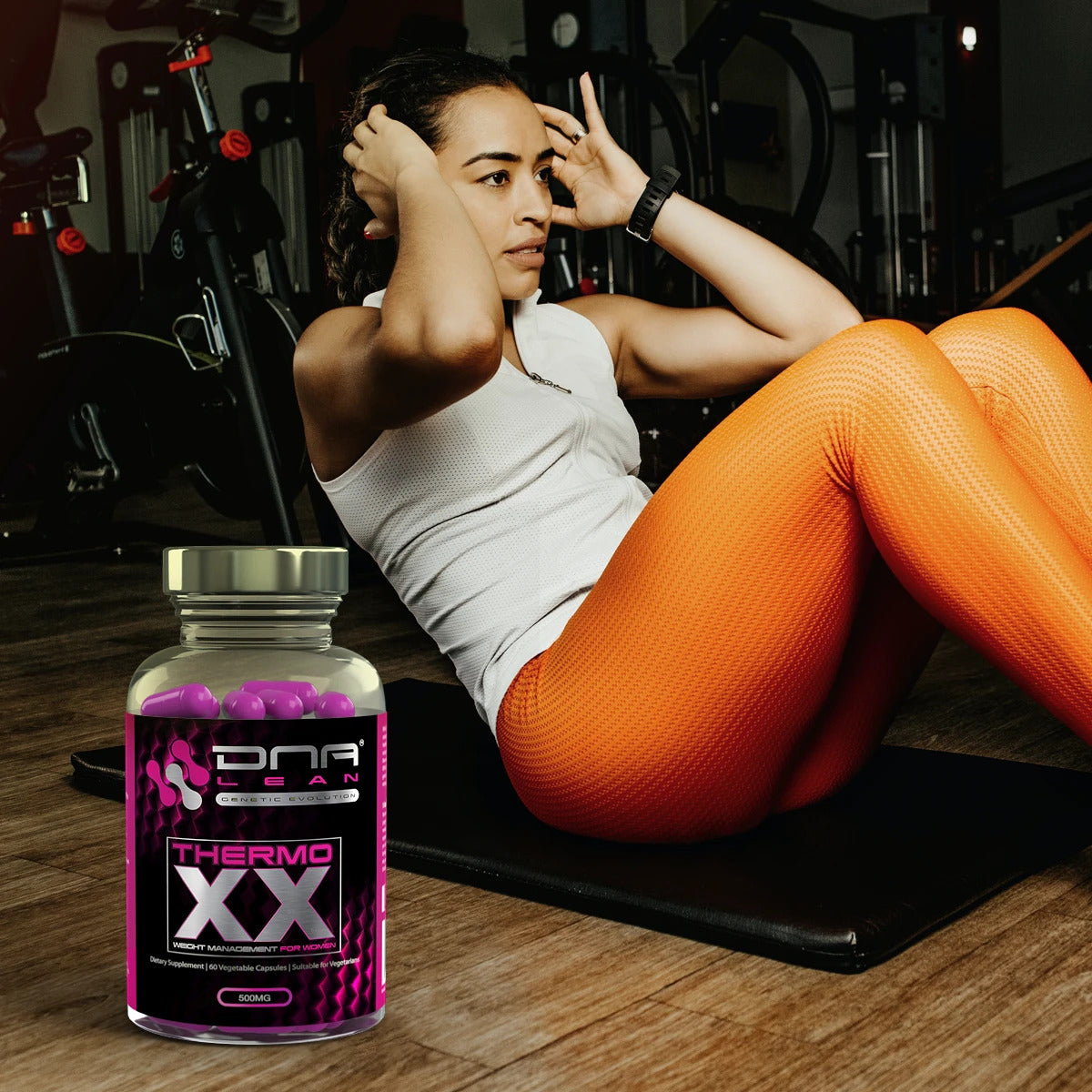
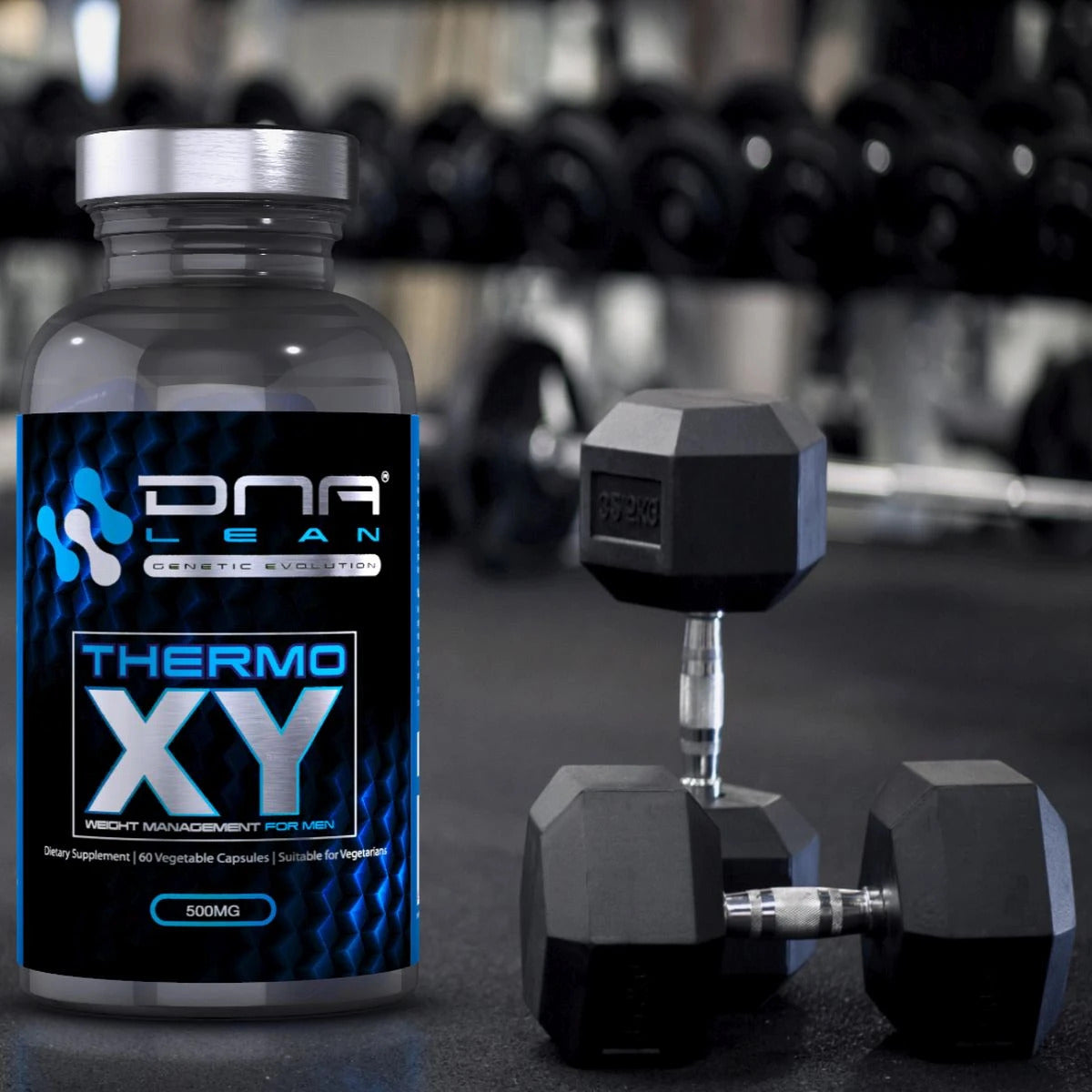
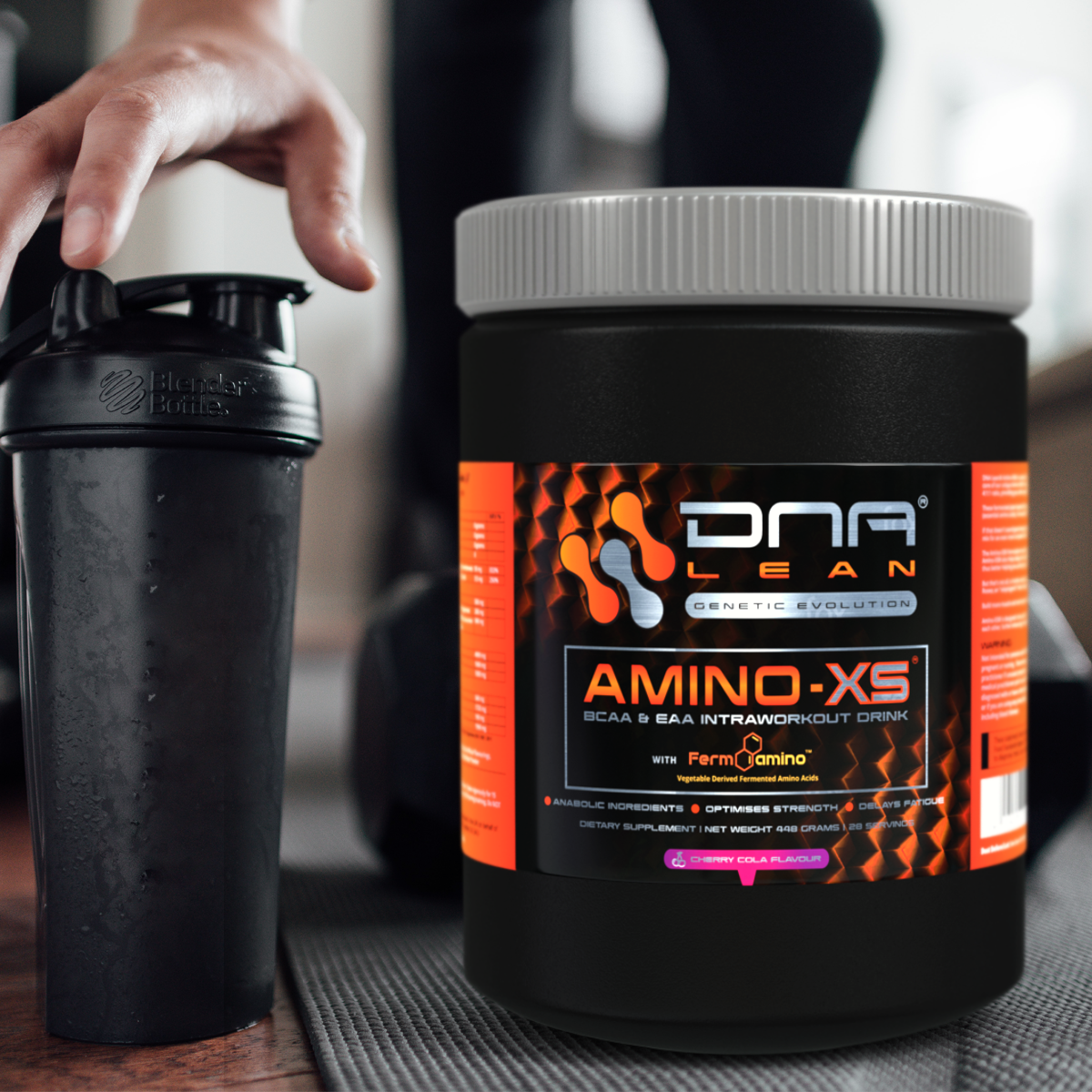
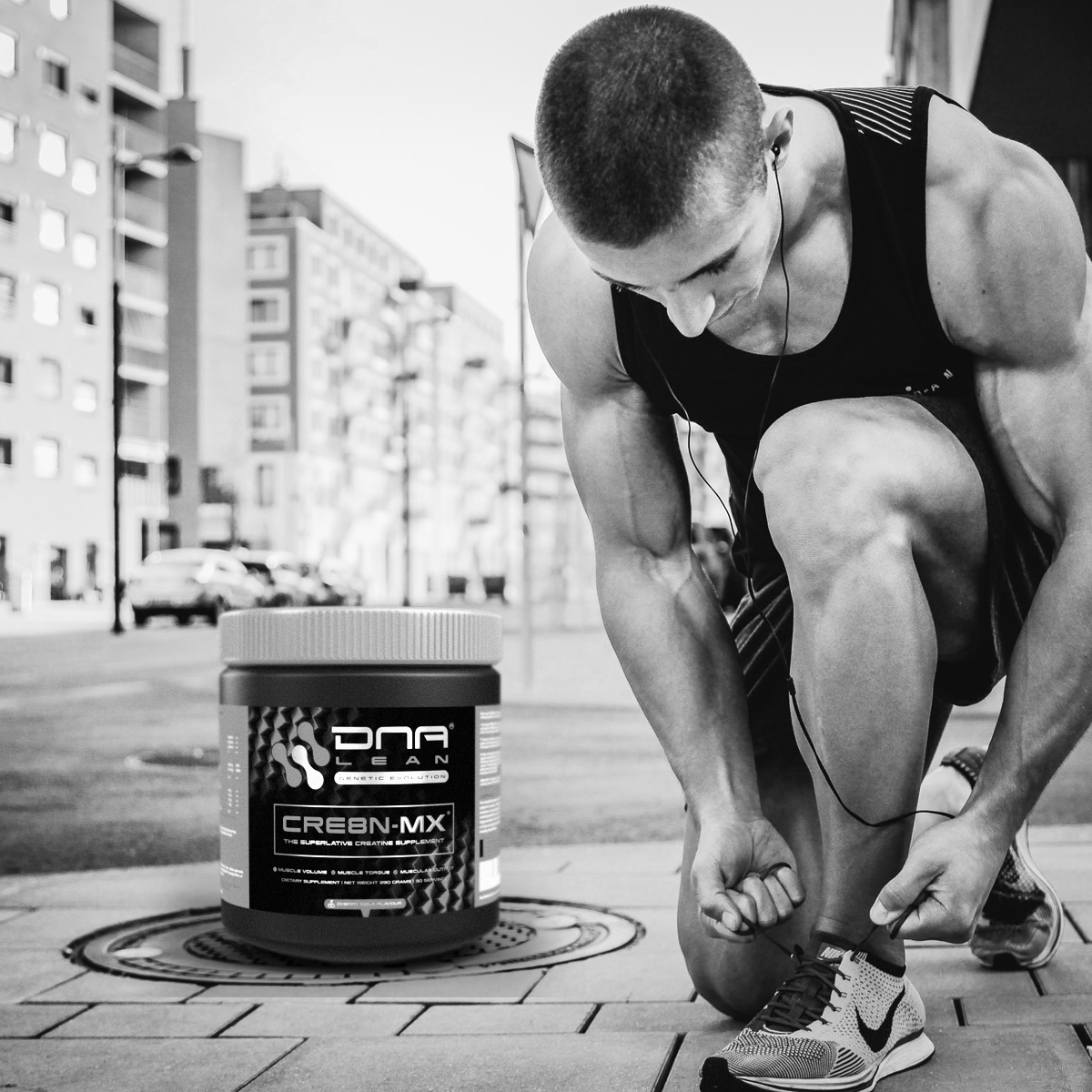
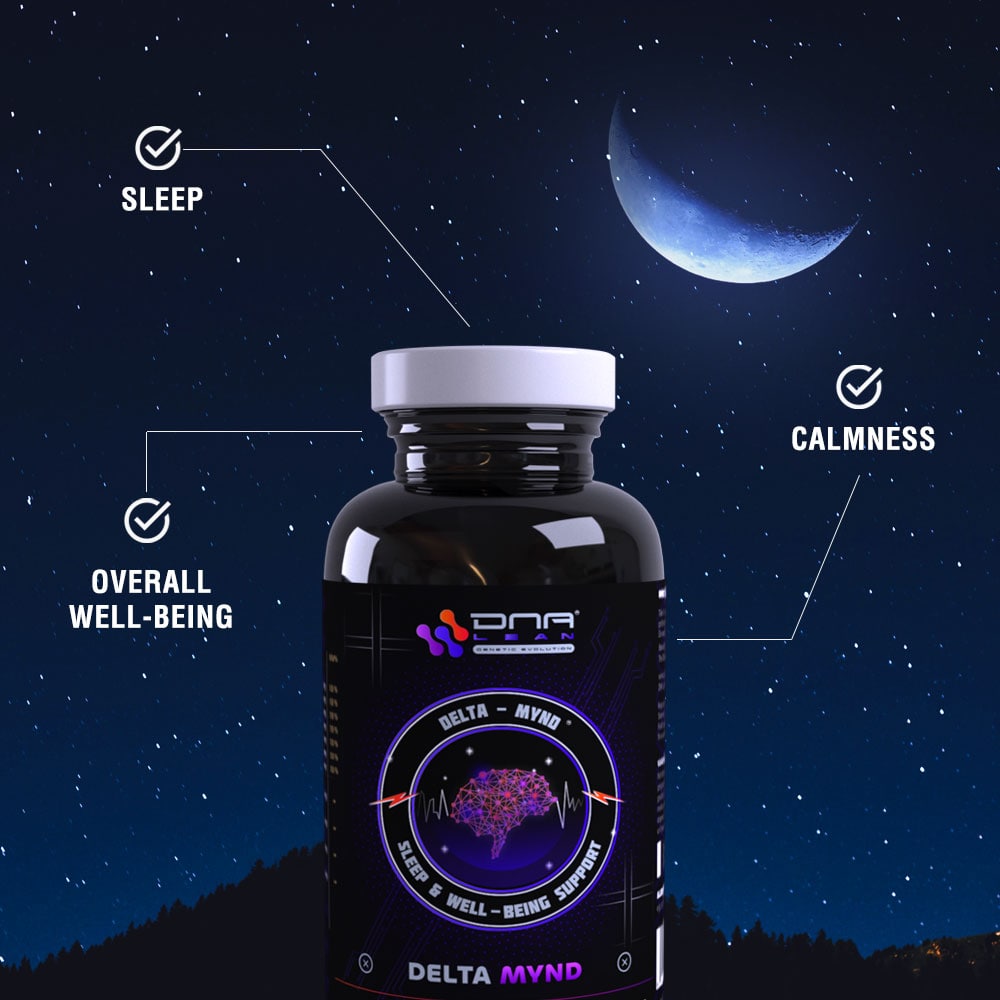

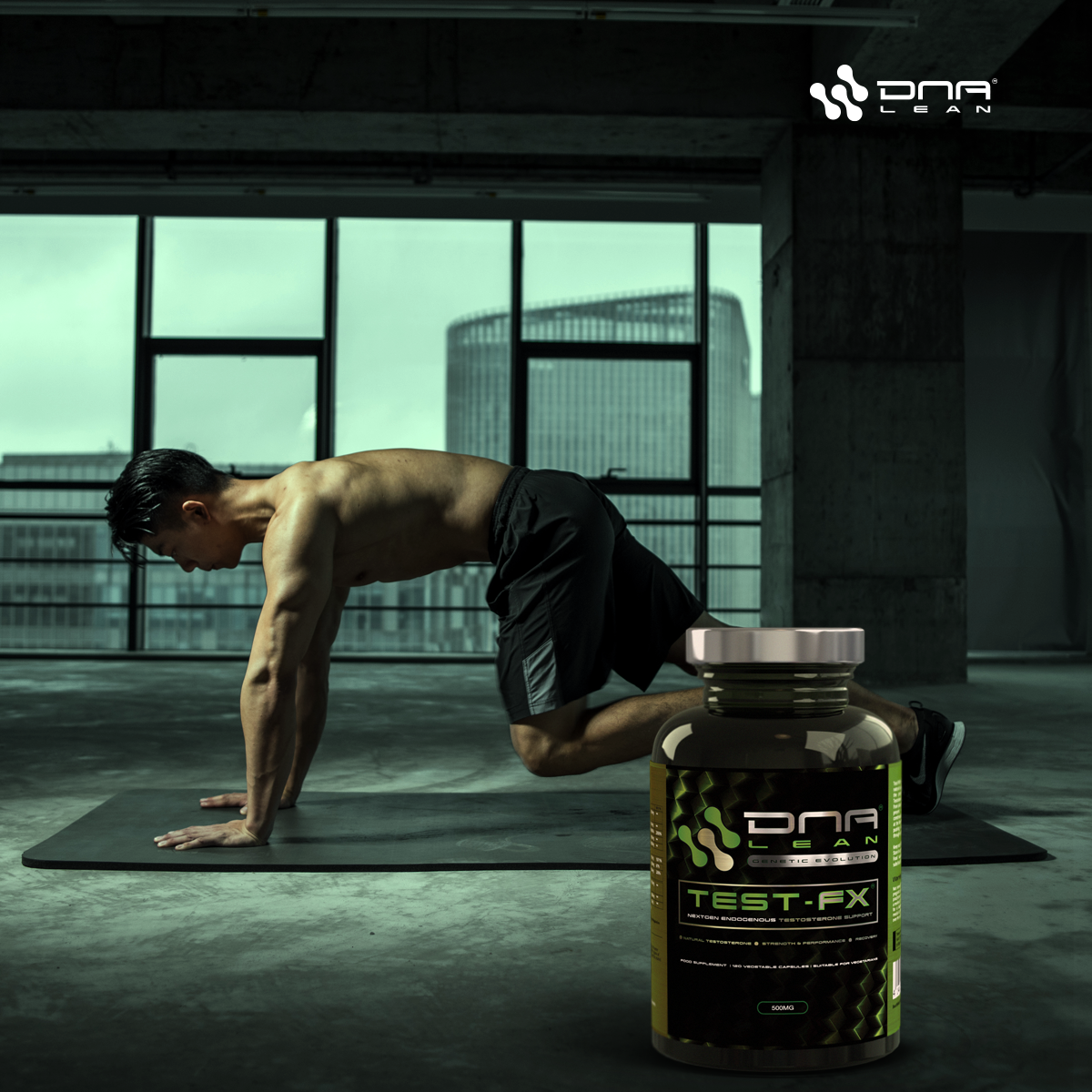





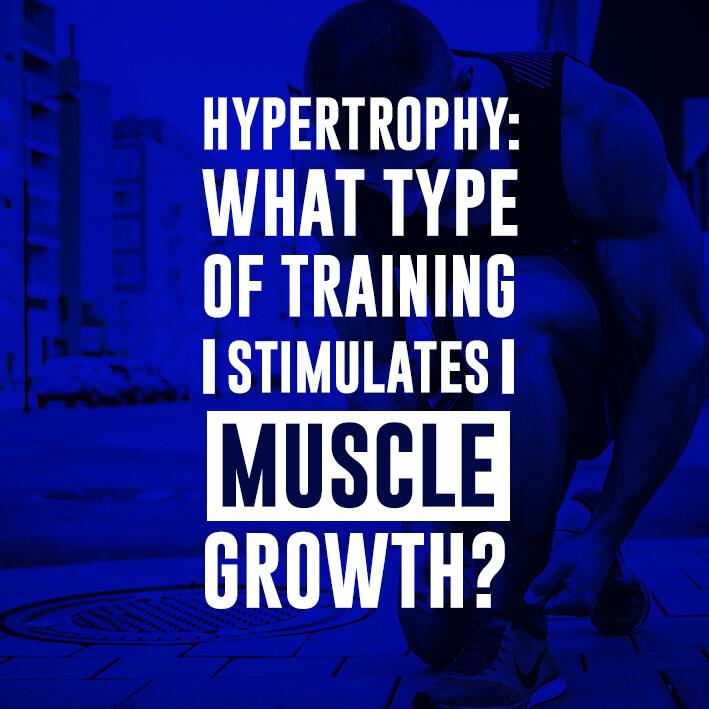

 USD
USD
 EUR
EUR